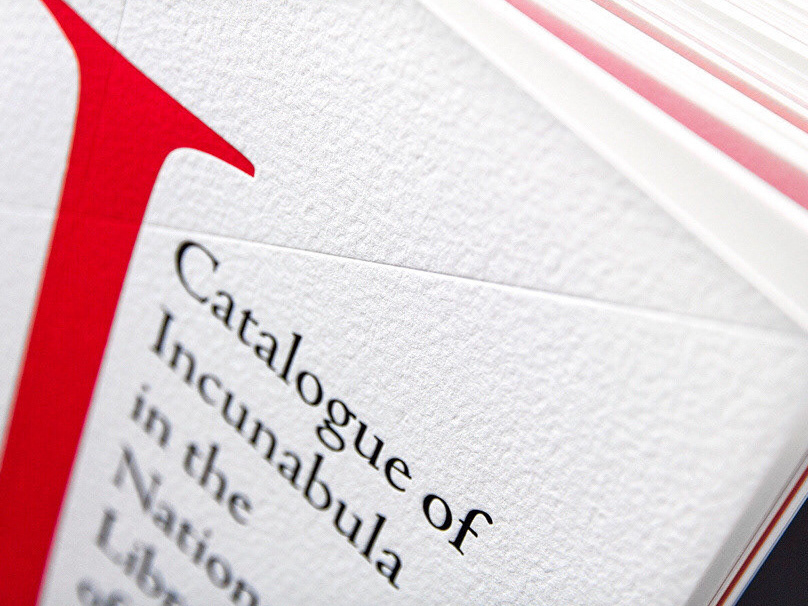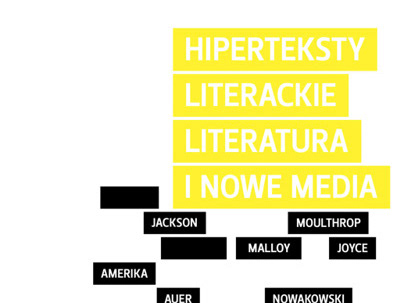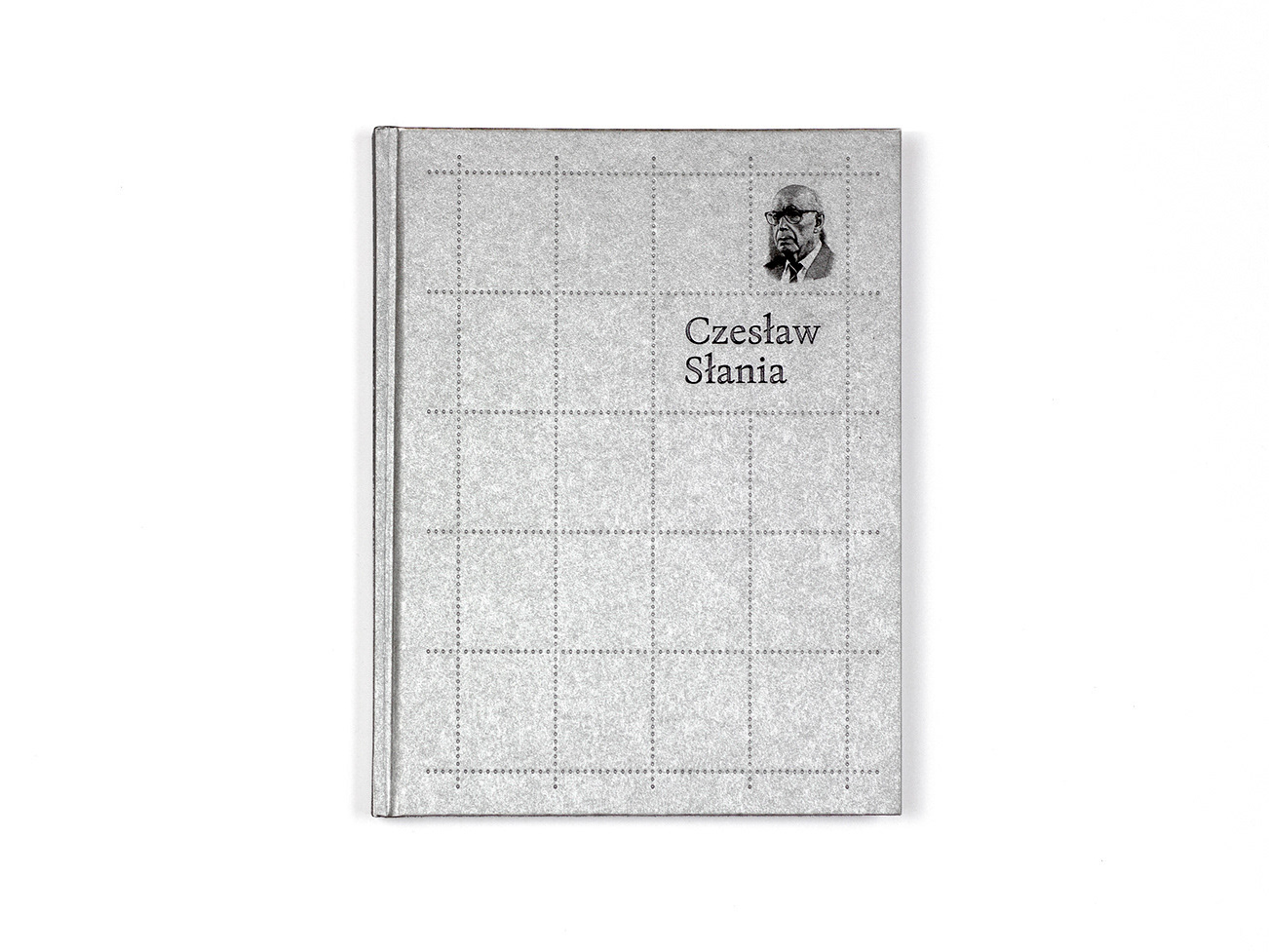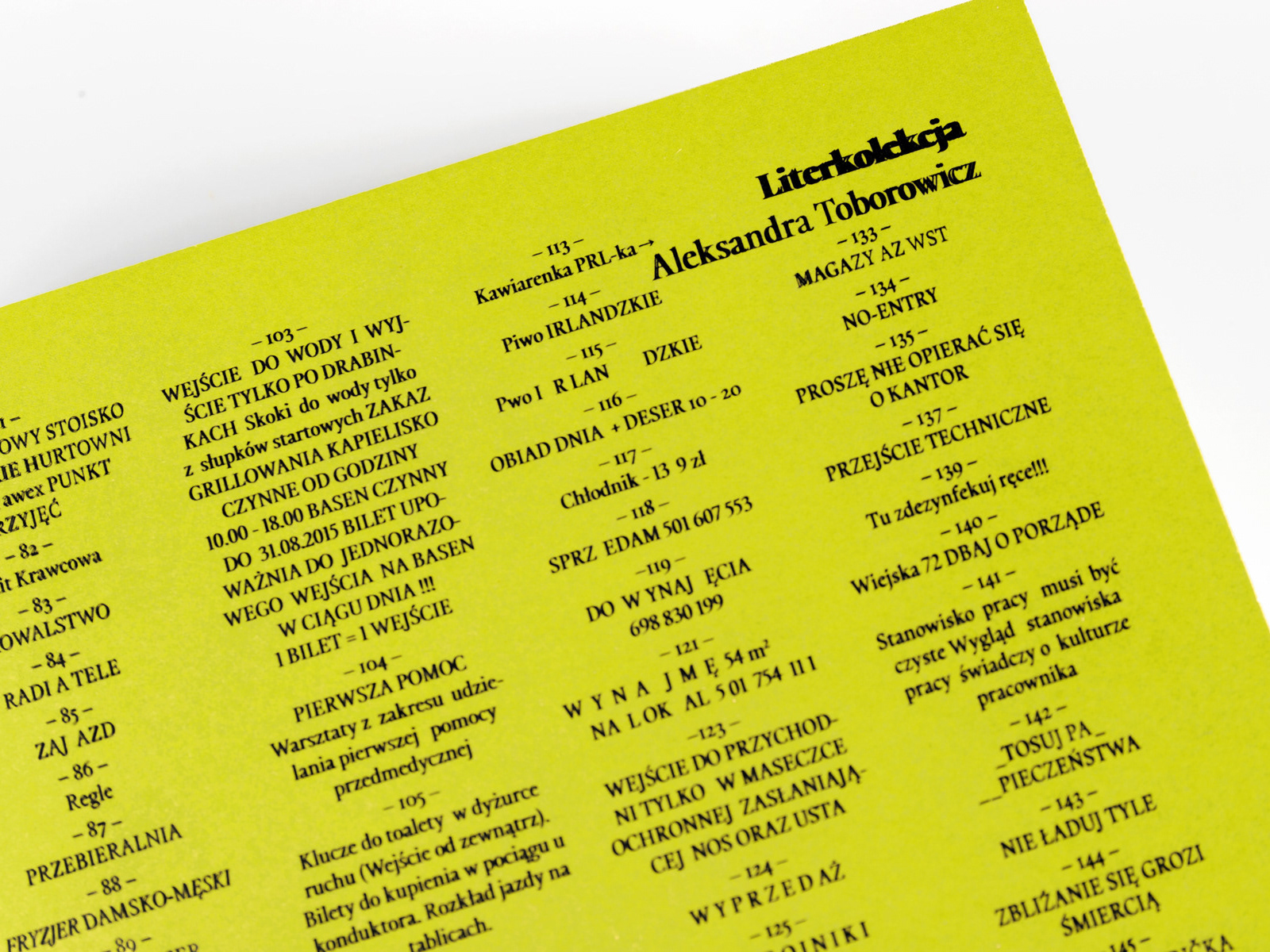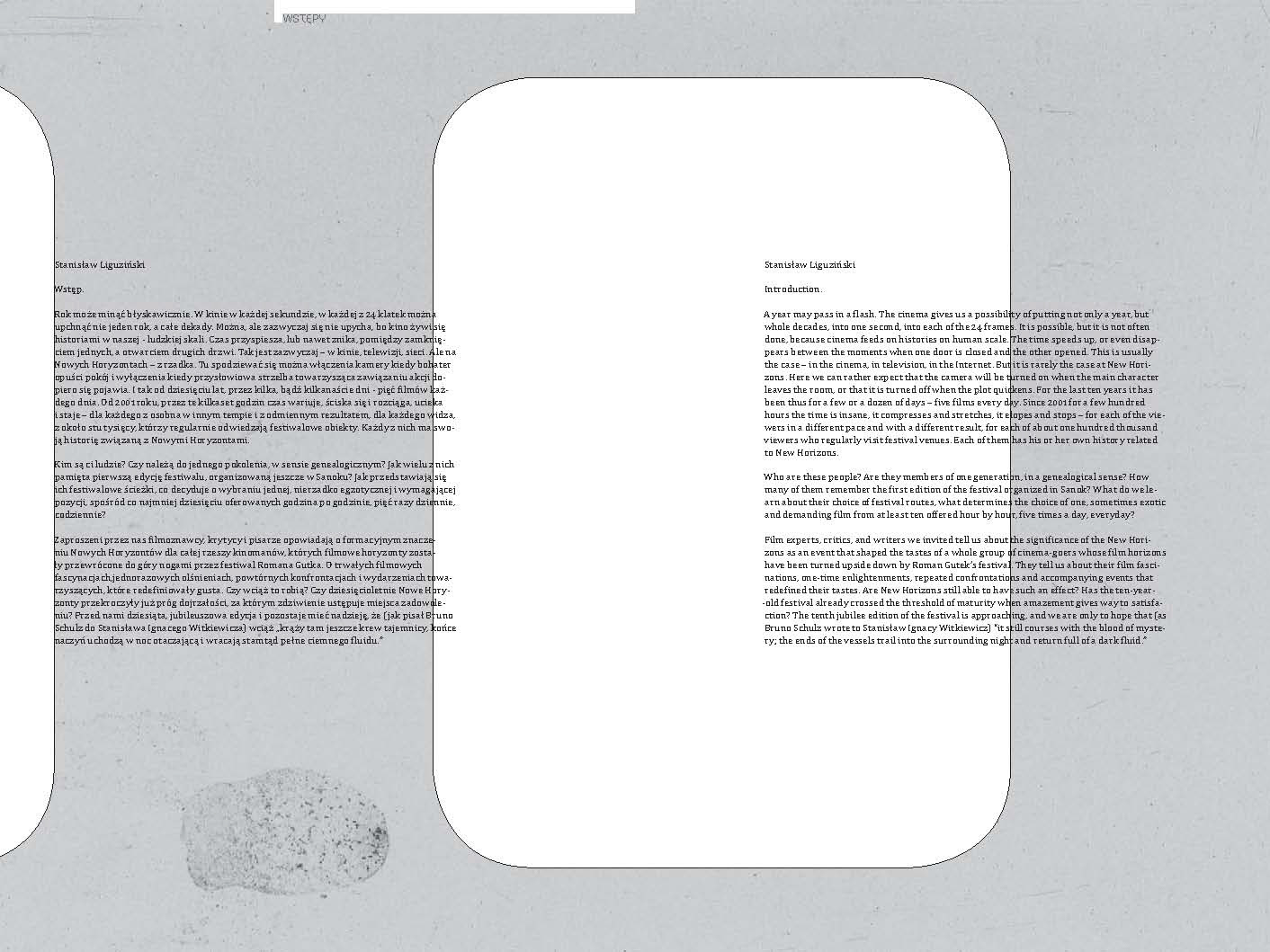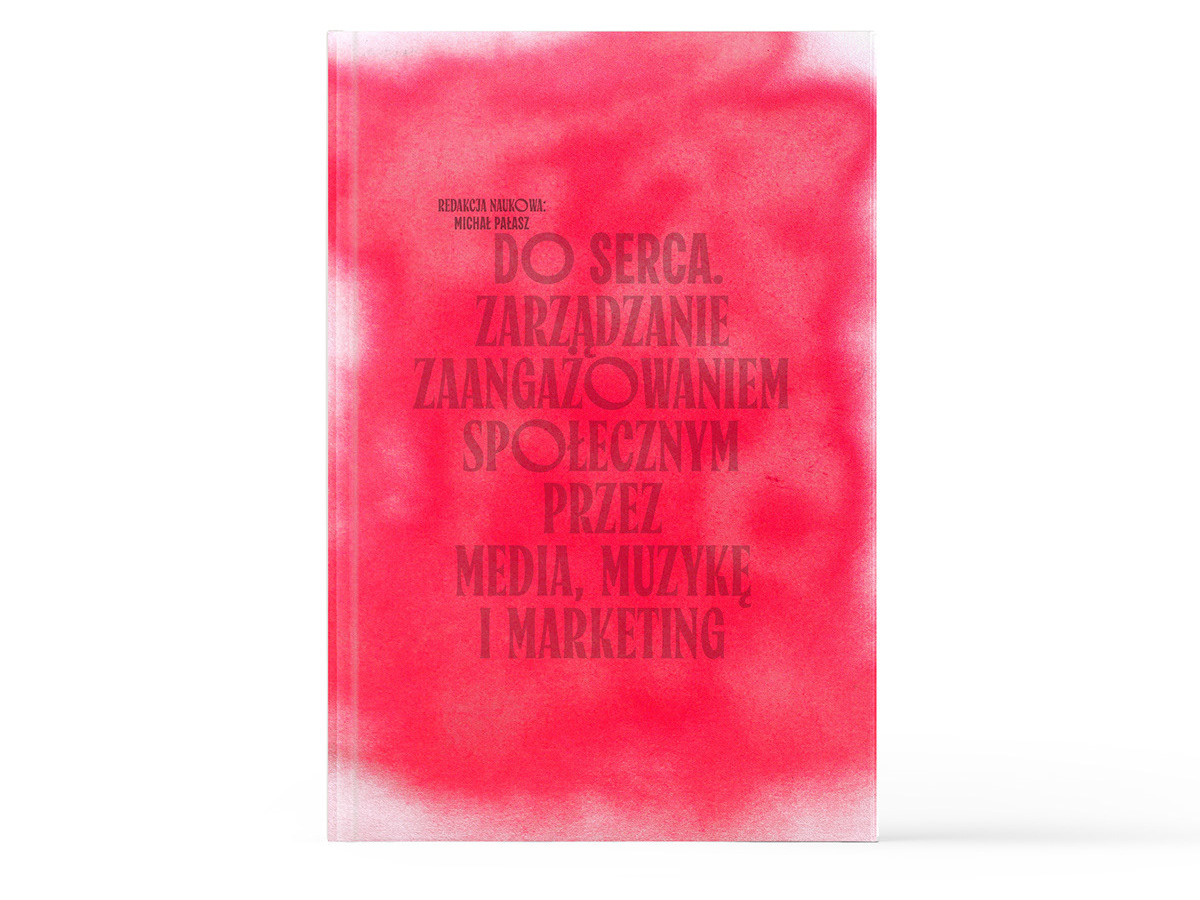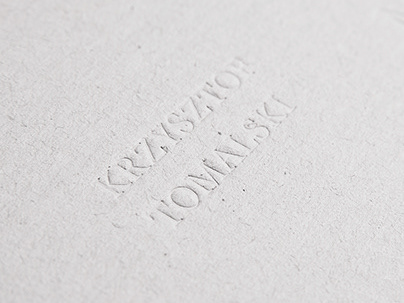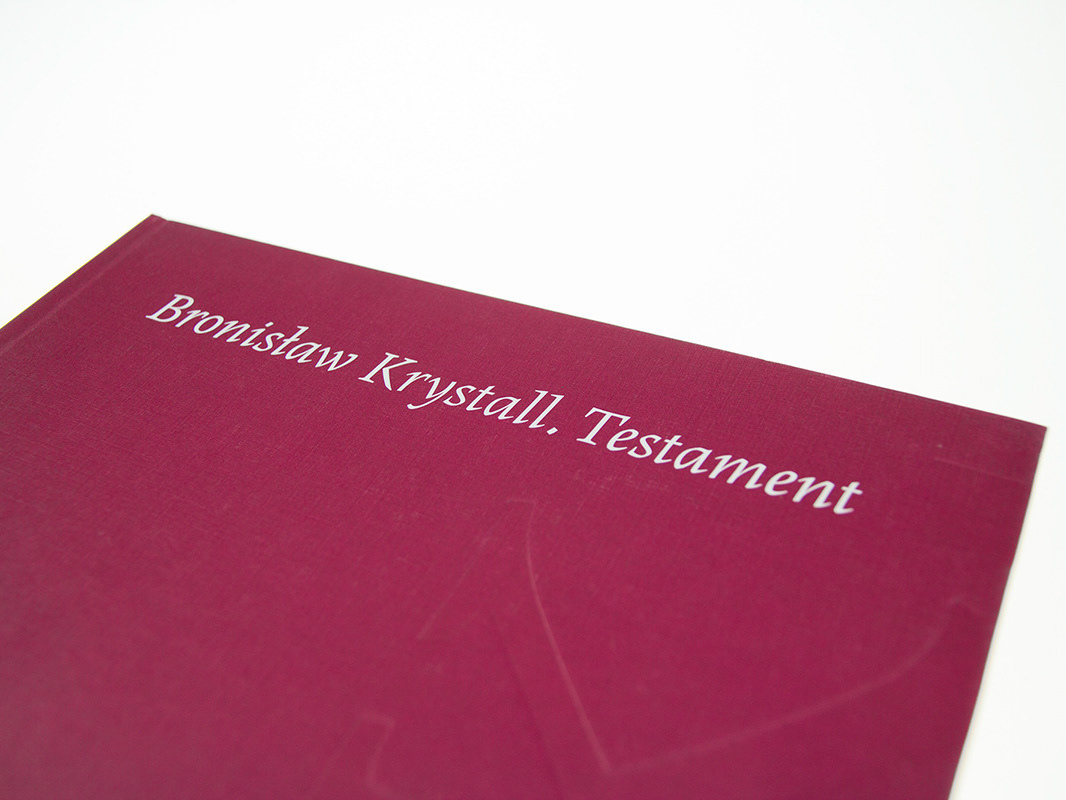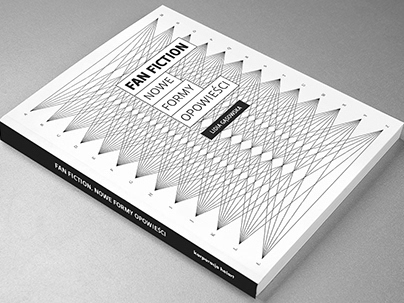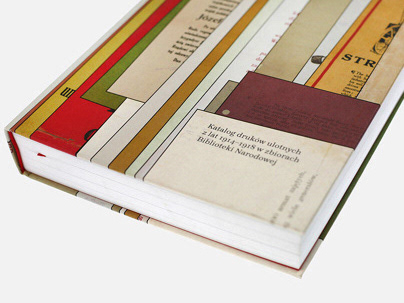FR: Sur les chevaux orientaux et provenant des races orientales
PL: O koniach wschodnich i wywodzących się z ras orientalnych
ENG: Concerning the Horses of the Orient and Those Originating from Oriental Breeds
Wacław Seweryn Rzewuski
Fundacja Qatar Museums Authority emira Hamada ibn Chalify as-Saniego zleciła opracowanie naukowe przez Bibliotekę Narodową jednego z polskich rękopiśmiennych skarbów – 3 tomów Sur les chevaux orientaux et provenances de Races Orientales (O koniach wschodnich i pochodzących od ras arabskich).
To zapiski i rysunki Wacława Seweryna Rzewuskiego (1784–1831) z jego podróży i przygód na Bliskim Wschodzie,
a przede wszystkim o koniach arabskich. Pięknie ilustrowany XIX-wieczny rękopis był podstawą i inspiracją dla wydania naukowego. Niepublikowany dotąd w całości rękopis został wydany w oryginale – po francusku, polsku i angielsku
(w 9 tomach, 2 setach (PL i ENG), całość liczy ok. 3500 stron) z końcem 2017 roku.
Do oprawy zastosowano połączenie koloru złotego z naturalnym kremem na grzbiecie, co odpowiada kolorystyce arabskiej pustyni – słońca i piasku. Barwy te w połączeniu z bielą i wysokiej jakości papierem oddają styl tradycyjnych męskich strojów wierzchnich Arabów.
Układ typograficzny odwzorowuje układ i styl rękopisu — z zachowaniem marginesów oddzielonych pionową, bordową kreską. Elegancki bordowy odcień, zastosowany w marginaliach, nawiązuje do tuszu, którego niegdyś używano do ręcznych dopisków przy tekście głównym. Umieszczenie marginaliów tuż pod tekstem głównym oddaje sposób łączenia się ich z całością tekstu, pewnego rodzaju „wcinanie się” w narrację. Kursywa imituje ręczny charakter pisma. Format wydania jest zbliżony do rękopisu — 24 × 33 cm.
Na publikację składają się tomy:
1. Manuskrypt w oryginale - po francusku
2. Manuskrypt w języku angielskim
3. Manuskrypt w języku polskim
4. Album w języku angielskim
5. Album w języku polskim
6. Eseje w języku angielskim
7. Eseje w języku polskim
8. Opisy do ilustracji w języku angielskim
9. Opisy do ilustracji w języku polskim
2. Manuskrypt w języku angielskim
3. Manuskrypt w języku polskim
4. Album w języku angielskim
5. Album w języku polskim
6. Eseje w języku angielskim
7. Eseje w języku polskim
8. Opisy do ilustracji w języku angielskim
9. Opisy do ilustracji w języku polskim
NAGRODY I WYRÓŻNIENIA ZA OPRACOWANIE GRAFICZNE:
NAGRODA: Gold A' Design Award w A' Design Award & Competition 2017–2018 w kategorii Print and Published Media Design Category 2017–2018, Como, Włochy, 2018
NAGRODA: 58. Konkurs PTWK Najpiękniejsze Książki Roku 2017 w kategorii „Książki naukowe, popularnonaukowe (humanistyka)“, Warszawa, 2018 [prezentacja konkursu NKR: http://www.ptwk.pl/images/pdf/2018/prezentacja_2018.pdf]
WYRÓŻNIENIE: Polish Graphic Design Awards 2017 w kategorii Wydawnictwa 2017 – Książka edukacyjna, podręczniki
do nauki, wydawnictwo techniczne, Warszawa, 2018
NOMINACJA DO NAGRODY PROJEKT ROKU 2018 (kategoria: GRAND PRIX); konkurs Projekt Roku – Polski Konkurs Graficzny 2017–2018 organizowany przez Stowarzyszenie Twórców Grafiki Użytkowej, Warszawa, 2018
NAGRODA: „Most Popular Award“ w konkursie HiiiTypography 2018 w kategorii Professional Level, Chiny, 2019
WYRÓŻNIENIE: portal Behance, kategoria GRAFIKA, 14.04.2018
WYRÓŻNIENIE: portal Behance, kategoria InDesign, 18.06.2018
NAGRODA: „Złoty Gryf“ przyznana przez Polską Izbę Druku za najlepszy produkt wielobarwny w oprawie złożonej w roku 2017
ENGLISH:
A scientific publication of the manuscript "Sur les Chevaux Orientaux et Provenant des Races Orientales“ by Wacław Seweryn Rzewuski published by the National Library in Warsaw in 2017 for the Qatar Museums.
INSPIRATION: Beautifully handwritten and illustrated, 3 volumes old manuscript "Sur les chevaux orientaux et provenants des races orientales" by Count Waclaw Seweryn Rzewuski's with authors' illustrations of Arabic culture: horses, historical maps of Arabia, bedouins and arabic habits, music notations, calligraphy etc. and handwritten marginalia.
"An exclusive scientific edition comprises 9 volumes: 7 hardbound books and 2 softcover booklets, published together as 2 box sets in English and Polish. The binding features a combination of gold and natural cream color on the spine, a reference to the palette of the Arabian desert: sun and sand. Together with the high-quality white paper, these tones reflect the style of the traditional outer garments worn by Arab men, who particularly value exquisite, natural fabrics.
The graphic design of the box set is intended to reflect the character of Waclaw Rzewuski's manuscript. The format is identical to that of the manuscript: 24 x 33 cm. The typographic layout reflects the style and layout of the manuscript, and even preserves the vertical burgundy lines separating the margins from the text. The noble burgundy shade used in the marginalia alludes to the color of the ink once used to make handwritten notes alongside the main text. The placement of the marginalia, directly beneath and close to the main text, conveys their connection to the text as a whole; they “jut into” the narrative, in a sense. The italics imitate the style of the handwriting. Additional references to the manuscript include the generously indented paragraphs and the use of em dashes, now rarely encountered in contemporary Polish books, where en dashes are usually preferred.“ (from the Editor’s note).
The publication comprises 9 volumes: 7 hardbound books and 2 softcover booklets, published together as 2 box sets in English and Polish; it contains about 3500 pages.
1. Manuscript in original language - French
2. Manuscript in English
3. Manuscript in Polish
4. Album in English
5. Album in Polish
6. Essays in English
7. Essays in Polish
8. Descriptions in English
9. Descriptions in Polish
7 hardbound covers are made of an exclusive gold cover material with colorful (cmyk) original illustrations drawn by the author. The 2 softcover booklets are different, in a cream color on the cover and spine. The typography on a cover and spine – title and author's name are in black, gold and white hot and dry stamping and technology. Black illustrations with small horses on a spine made in silkscreen technique.
The design (typographic) problem was to find a solution to reflect the nature of the manuscript in a layout of scientific book, including very complex various data: marginals, illustrations and references (links) of the manuscript. The layout had to be very readable and elegant and at the same time different from typical scientific publications. The greatest difficulty was the manual (not automatic script) typesetting of a very complicated layout (marginalia and linked main text) with a huge number of pages - ca. 3500. The difficult task was also the typesetting of Arabic texts, tables, indexes, glossaries, bibliographies and difficult mathematical and other calculations. Another problem to be solved was triple foliation (original, library and normal) and hierarchizing the validity of the text, mainly in typographic diagrams and describing maps and anatomy of horses.
The design project started in July 2015 and finished in December 2017; Warsaw and Cracow, Poland.
Client: Qatar Museums Authority
Scientific supervisor: prof. Tadeusz Majda
Project managers: Sylwia Breczko, Liliana Skoczylas, Monika Michowicz
Year of publication: 2017
Format: 240 x 330 mm x ca. 50 mm – each of 9 books
Volumes: 9
Number of pages: about 3500
Languages: English and Polish sets
The project was made under the National Library of Poland and (for) the Qatar Museums Authority in Qatar.
***
Link to the manuscript: https://polona.pl/item/sur-les-chevaux-orientaux-et-provenants-des-races-orientales-t-1-ogolny-opis-arabii-i,NDc2NDk4/6/#info:metadata
AWARDS AND DISTICTIONS:
AWARD: Gold A' Design Award in A' Design Award & Competition 2017–2018 in Print and Published Media Design Category 2017–2018, Como, Italy, 2018
AWARD: the 58. Competition by PTWK "Najpiękniejsze Książki Roku 2017" (The Most Beautiful Books of the 2017) in category: scientific books, Warsaw, Poland, 2018
competition’s presentation: http://www.ptwk.pl/images/pdf/NKR_017_2018.pdf
DISTINCTION: Polish Graphic Design Awards 2017 in category: Publications 2017 – educational book,
textbooks for learning, technical publishing, Warsaw, Poland, 2018
textbooks for learning, technical publishing, Warsaw, Poland, 2018
NOMINATION to GRAND PRIX; competition Projekt Roku – Polski Konkurs Graficzny 2017–2018 organized by Association of Graphic Designers (STGU), Warsaw, Poland, 2018
AWARD: „Most Popular Award“ in HiiiTypography 2018 competition, Professional Level category, China, 2019
DISTINCTION: Behance, cat. GRAPHICS, 14.04.2018
DISTINCTION: Behance, cat. InDesign, 18.06.2018
AWARD: „Złoty Gryf“ awarded by the Polish Chamber of Graphics for the best multi-colored product in a binding submitted in 2017
nagrody i wyróżnienia / awards and distinctions
